A common question to be sure: does coffee go bad? And what does it mean? Will it rot, start to smell, turn gray and shrivel up? Today we take a look at the shelf-life of coffee on the shelf, before the shelf and even after the shelf.
Before diving into the nitty gritty of coffee and its quality over time, let’s start with the answer to our question, “Can coffee go bad?”, and the answer is… sometimes? It doesn’t easily or often, but when it does go, it’s due to improper storage. Without the correct storage solution for your roasted coffee beans, mold and mildew can grow due to excessive and invasive moisture. Luckily, this problem is easily avoided through proper storage.
How Does Coffee Go Bad?
Coffee can go bad in one of two ways: the obvious way or the subtle way. The obvious way is mold and mildew in your coffee beans or grounds. This means that moisture or some other foreign particle of food has found its way into your coffee. Without a foreign invader, coffee can last for months after roasting if properly stored.
Coffee is actually best a few days after roasting due to the CO2 content in freshly roasted coffee. Freshly roasted coffee is quite volatile after the roasting process and must go through an additional process called degassing. Degassing is a 2-3 day period that allows the coffee to steadily lose its CO2 content before being brewed. Brewing coffee that is roasted the same day does not allow for this process to occur in its natural time frame, thus resulting in an uneven extraction of flavors. This is very avoidable by simply waiting a few days off the roast to brew your delicious coffee.
However, there is still the subtle way that coffee can start tasting terrible. Coffee starts degrading over time slowly and softly by losing its aroma and flavor a little bit at a time. If you open a bag of coffee in March and are still drinking it in November, that coffee simply won’t taste as bright and delicious as it did when you first opened the bag.
How to Store Coffee Beans at Home
How best to store your coffee beans at home is a much talked about subject. Today we give you the definitive answer for proper home storage.
If you’ve yet to open your new bag of fresh coffee beans, the best way to store your coffee is in its sealed bag or airtight container, preferably one with a valve! Don’t open the bag until you are ready to brew! The bag is sealed by the roaster to properly contain all the smells and flavors we love about coffee. That unopened bag of coffee can sit on your shelf for a year or more without drastically losing its flavor or deteriorating. Easy enough, right? Once you open that bag of coffee, the rules change.
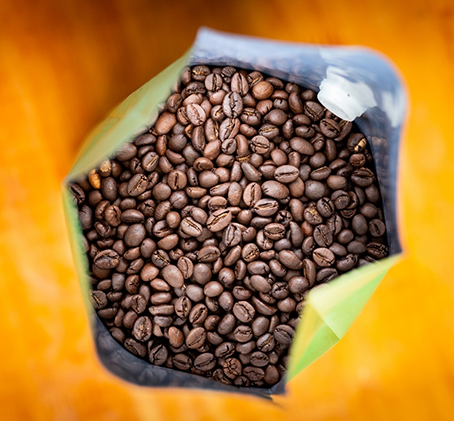
Once you’ve let the beans out of the bag, it’s time for a change of scenery. As lovely and well-designed coffee bags are nowadays, most aren’t built to stored coffee after being opened with the exception of bags with resealable zip-lock closures. This is where secondary storage comes into play. The reason we use secondary storage is to avoid all the unfortunate circumstances that can cause coffee to start degrading, obviously, or subtly, whether that’s moisture, foreign objects or simply allowing the aromas to slowly escape.
The three main enemies of roasted coffee are oxygen, moisture, and heat. Storing coffee properly will help deter these three properties from causing damage to the roasted coffee thus making it deteriorate.
Oxidation in Coffee
The process by which coffee can start tasting sour and unpleasant is called oxidation. This process is not unique to coffee and can happen with just about any food product and even materials like metal. The most visually striking occurrence of oxidation is oxidized copper. Oxidized copper is the result of copper undergoing oxidation which results in a type of corrosion that gives copper a green-blue appearance.
But what does this have to do with coffee and what even is oxidation? Coffee oxidation is when coffee is exposed to oxygen which then degrades the coffee at a molecular level. Oxidation infiltrates the coffee beans and begins to break down the oils, cellulose, acids, and other chemical compounds within the coffee beans themselves.
These compounds within coffee are what gives coffee its irresistible aromas and flavors. As those compounds begin to break down, those flavors and aromas also begin to break down and fade. When we brew coffee that has gone through this oxidation process, not only will it be lacking in its originally delicious flavors, it will also have developed new, less-pleasant flavors including bitterness.
Oxidation in coffee is somewhat inevitable if we open a bag of coffee and do not use it promptly or within a reasonable time frame. However, the best defense against coffee oxidation is proper storage of our coffee.
Coffee Containers
The best possible option for storing coffee after the bag is opened is a vacuum-sealable container. The runner up is anything opaque and airtight so that we can keep out heat, air and moisture!
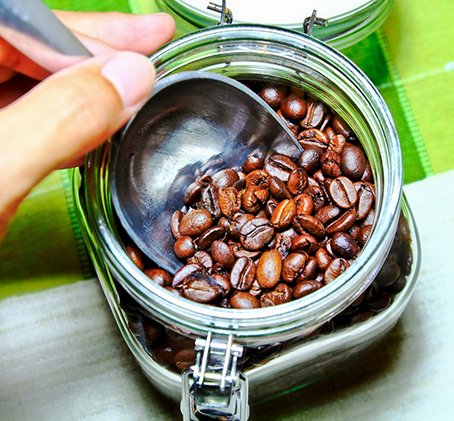
Using a secondary storage container that is designed with coffee in mind is our best option. Move your opened coffee to the container and seal before storing the coffee in your pantry or in a cool, shady area of your kitchen. We want to keep our coffee away from extreme temperatures no matter what it’s stored in – that means no sunbathing on the kitchen counter and absolutely no fridges or freezers.
Find out which containers are our favorites below.
Fellow Atmos Vacuum Canister
Fellow Products brings us the ultimate coffee geek gear with well-designed and beautiful creations like the Fellow Atmos Coffee Canister. Pairs well with the Fellow Stagg EKG Kettle and Stagg X Pour Over.
Miir Coffee Canister
Slightly lower in price but just as high-quality is the Miir Coffee Canister. A beautiful addition to your kitchen counter.
Airscape Stainless Steel Storage Container
The Airscape is a classic and multi-use vacuum container. A little more kitchen-vibes than the Fellow and the Miir with its stainless exterior and multiple size options.
What About Before Coffee is Roasted? Or After I Brew It?
Before coffee is roasted, it’s called green coffee. Green coffee reacts similarly to oxygen, heat and moisture but is much more resistant to those elements and can last for months – even years – with minimal change in its flavor. Some green coffee even improves its flavor after a few months!
After brewing coffee, there is definitely a short lifespan. Once ground, your coffee maintains peak freshness for about 15-20 minutes if not stored immediately in an airtight environment. Even then, it’s best to use ground coffee immediately.
After you’ve brewed your favorite hot beverage, coffee doesn’t have a super long shelf life. Professionals in specialty coffee limit brewed coffee to a forty-five minute life if store properly in a clean, insulated vessel. This doesn’t mean that coffee is rotten and will poison you after forty-five minutes (yes – it’s okay to drink that two hour old cup, even six hours if stored in a refrigerator). It does mean that your coffee will taste stale and not nearly as delightful as it once did.
Coffee Can Go Bad – What Can I Do About It?
If your coffee has gone off and shows signs of decomposition, rot, mold or similar icky sights, it’s time to say goodbye. However, coffee is a fabulous addition to your compost so feel free to throw your coffee right in the pile or bring it to your local compost collective. Otherwise, to the trash it goes.
That being said, if your coffee is starting to taste a bit stale and a bit sad but without the aforementioned icky sights, not all is lost! You can certainly continue to brew and drink an unsatisfying cup of hot coffee but there are better options within reach.
Cold Brew is a super forgiving brew method that brings the best flavors out of your stale coffee without the emptiness that comes with brewing stale coffee hot. Simply grind those beans as coarse as you can and throw them in a mason jar (or a fancy cold brewer) with three times the amount of room temperature filtered water, stir, and let sit in the fridge for 10-18 hours. Strain with a sieve and/or cheese cloth before diluting to taste with water or milk. Delicious!
If you own a French Press, check out our article on how to Make Cold Brew in a French Press Coffee Maker!
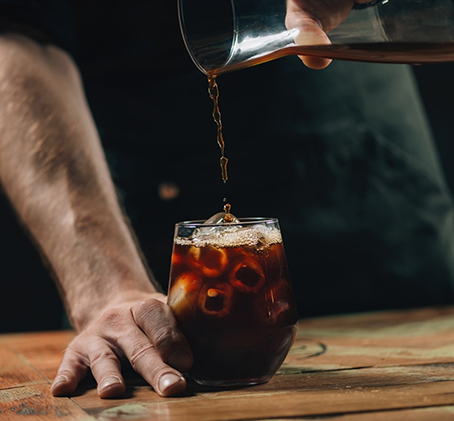
While iced coffee is delicious whether brewed over ice or brewed hot then chilled, it’s shelf-life is short. Iced coffee is best consumed the day it’s brewed and at most the next day. Cold brew concentrate can last 5-7 days in the fridge! Not only that but it is versatile and allows for iced lattes as well as iced coffee at home – simply use milk to dilute your concentrate to taste.
Is It Really That Bad?
Coffee is an extraordinary agricultural product in that while it can start to deteriorate if improperly stored, it rarely expires. Luckily, there are many ways to avoid coffee from going off and most of them are $35 and under.
The moral of the story? Coffee can go bad and it rarely does but when it does, call it like it is and throw it out. If your coffee is simply past its prime, there are simple solutions to mend the problem (cold brew – yum!).
IF YOU’VE ENJOYED THIS ARTICLE, GIVE IT A PIN!

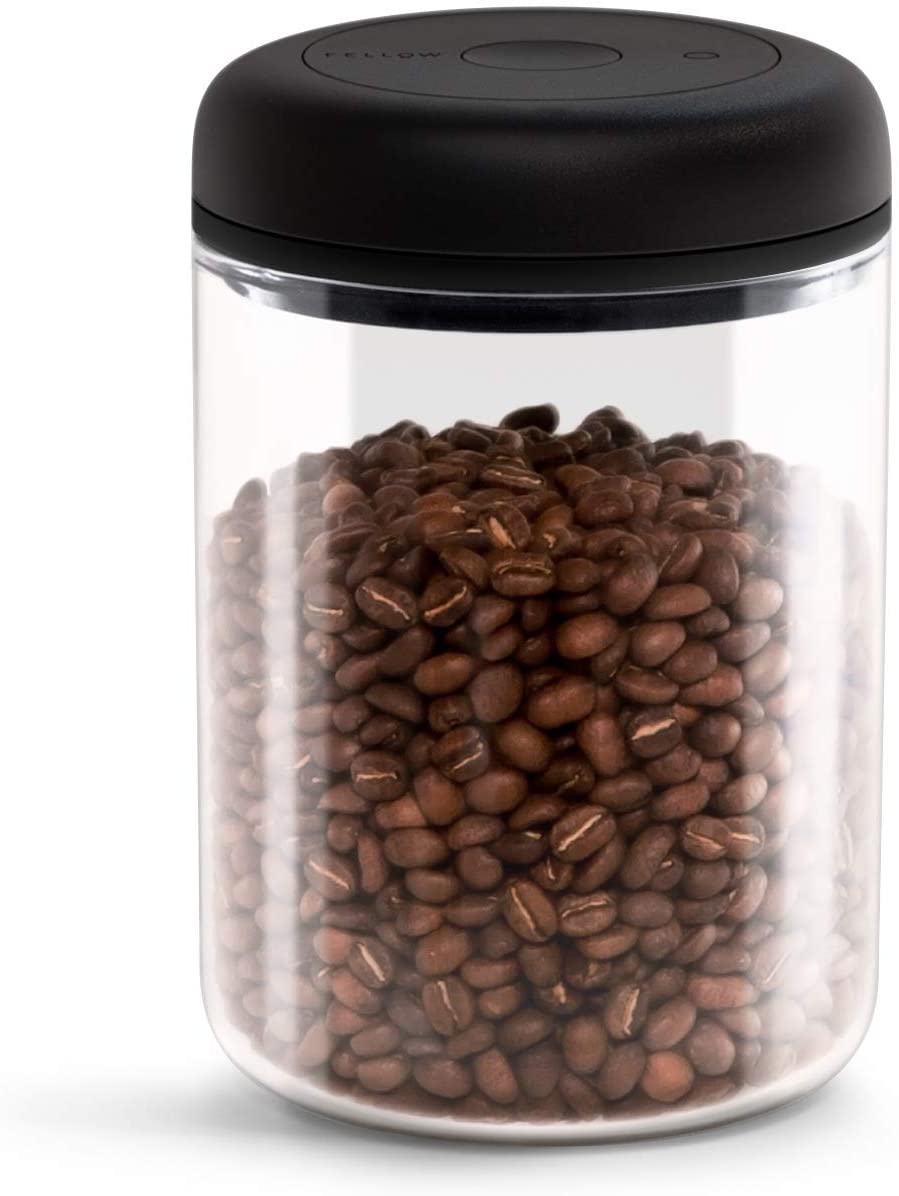

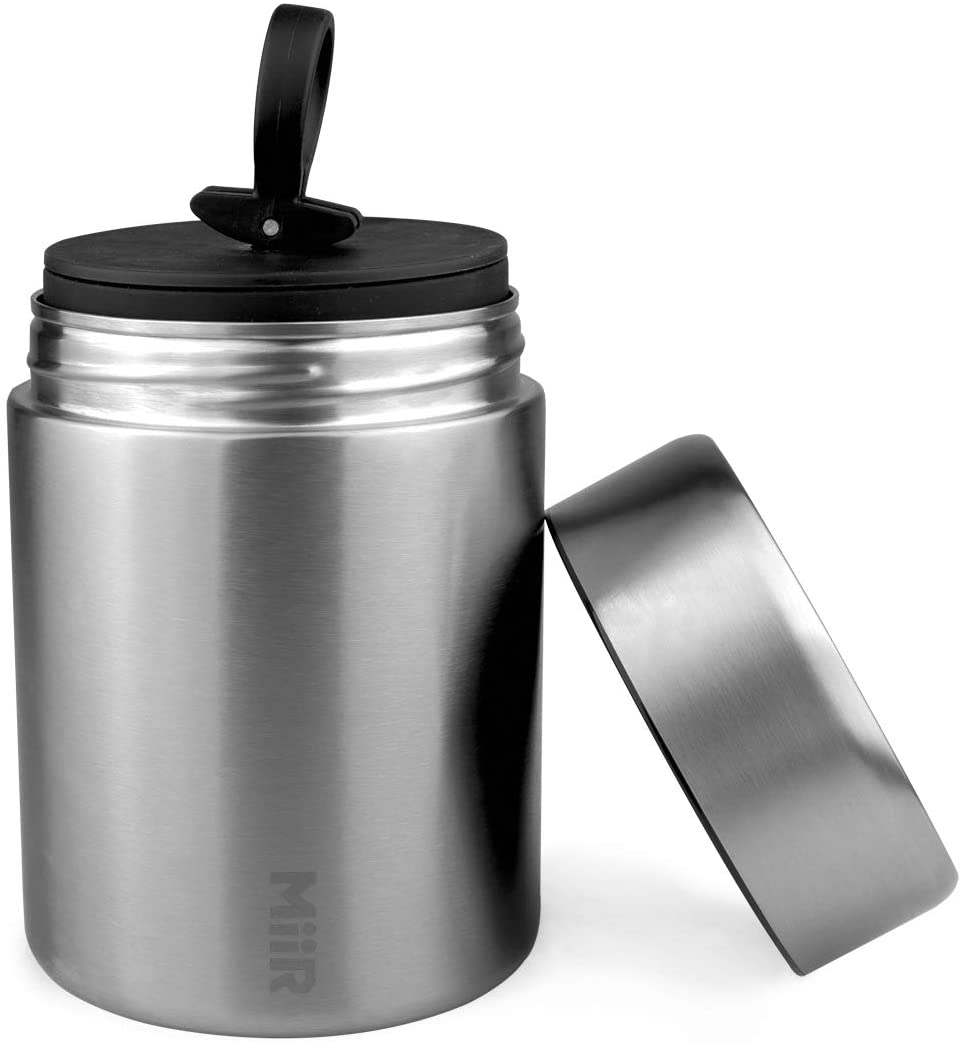
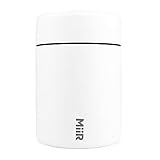
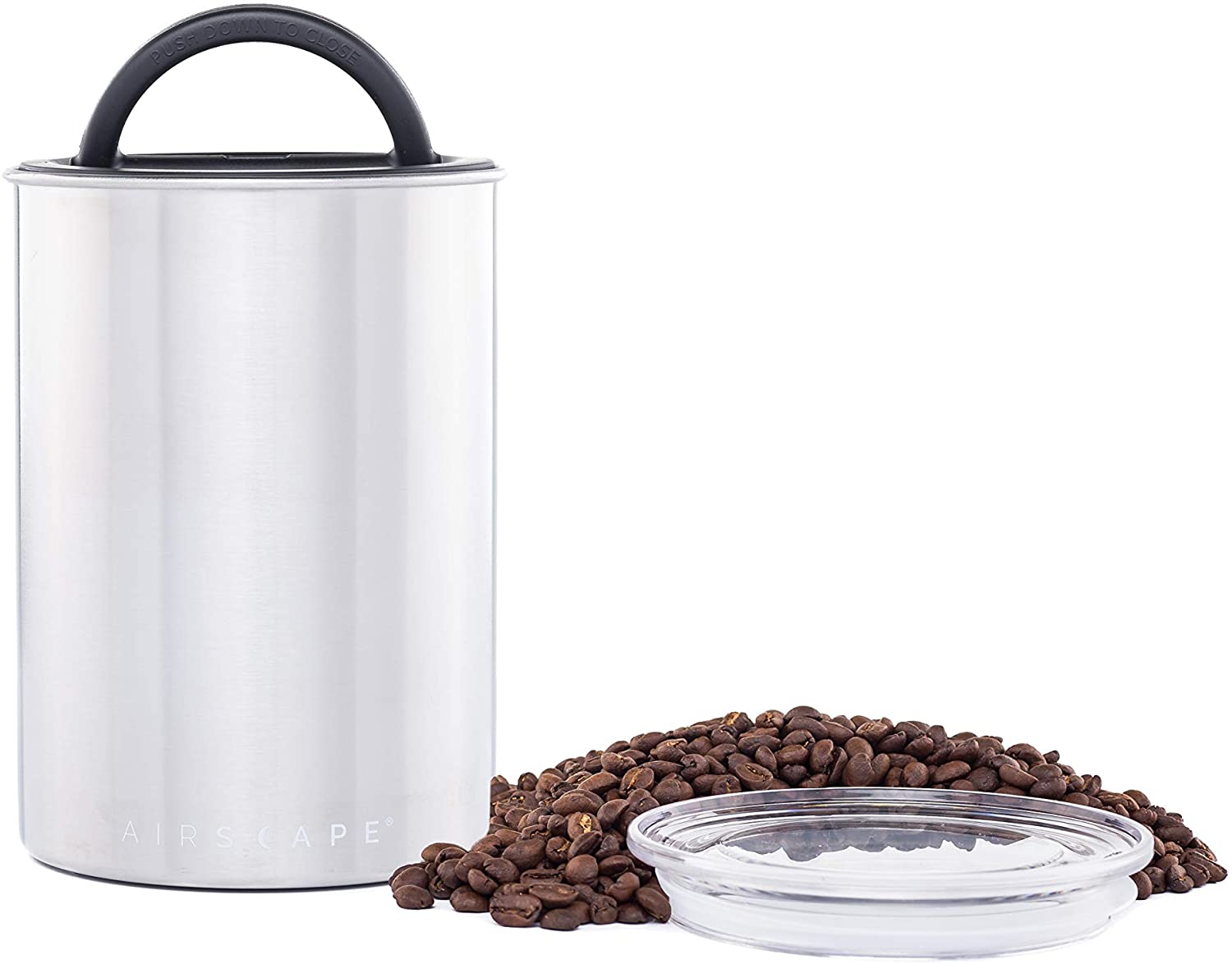






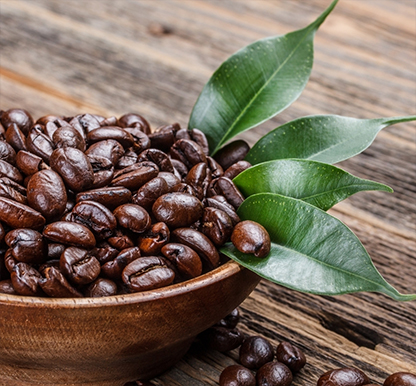









1 comment